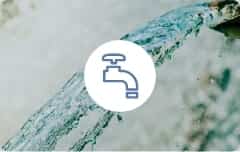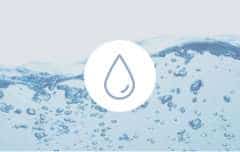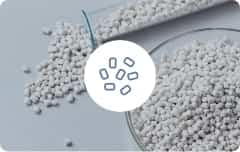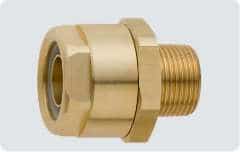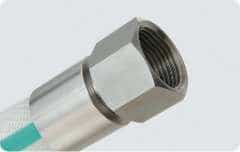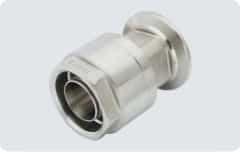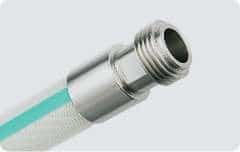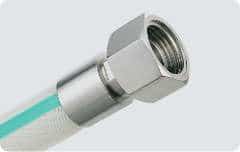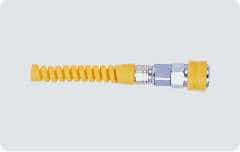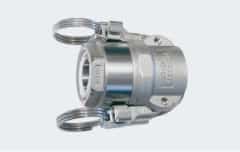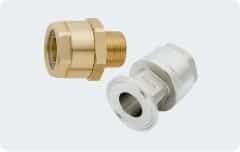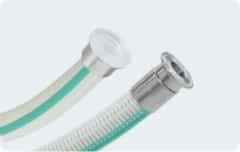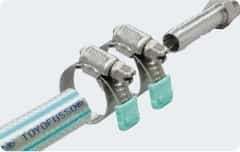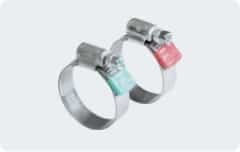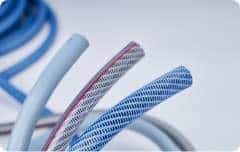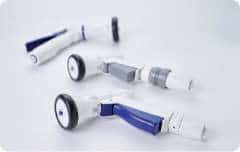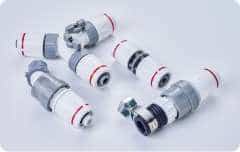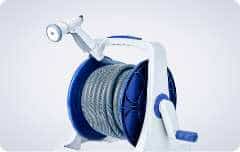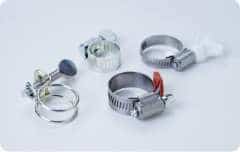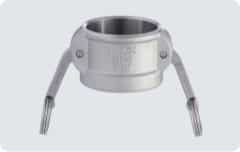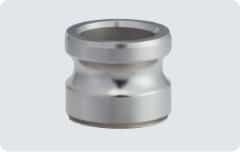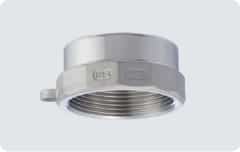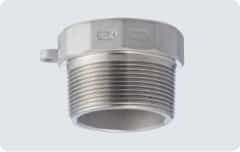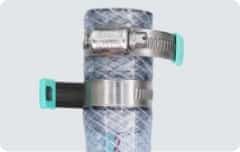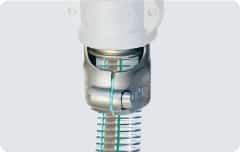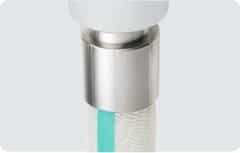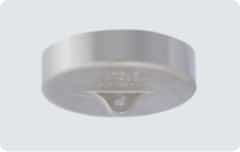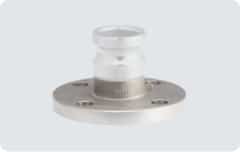FAQ
FAQ


FAQ
hose
View all- Q1 Is there a hose that can be used for fuel oil? Fluid
-
A.
We do not provide hoses that can be used with fuel oil such as gasoline, light oil and heavy oil.
- Q2 Does the minimum bending radius refer to the length from the center point to the inside of the hose? Standard
-
A.
The minimum bending radius refers to the length from the center point to the center of the hose.
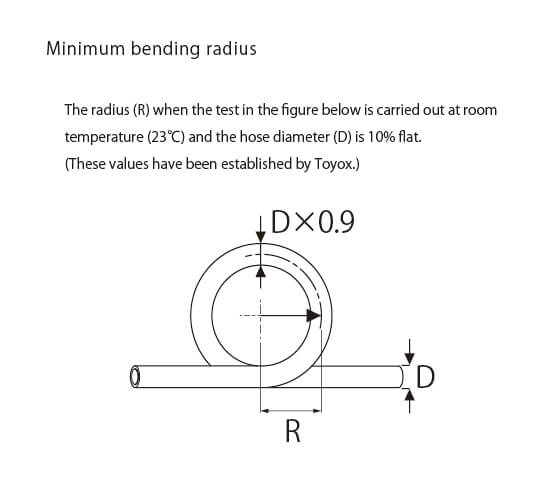
- Q3 Some hoses are marked “R2” and others “RoHS2”. What is the difference? Laws and regulations
-
A.
Both markings indicate compliance with RoHS2. Toyox began marking RoHS2-compliant hoses with “R2” beginning with products produced in 2017. However, we switched later on that same year to printing “RoHS2” in order to clarify the meaning.
- Q4 Where can I buy TOYOX products? Service
-
A.
Sorry for your inconvenience, but please contact us from our homepage inquiry form.
- Q5 My TOYOFUSSO Hose does not have a line printed on it like the products shown on your website. Is there any difference in performance? Specification
-
A.
We switched the outer material for TOYOFUSSO Hose from soft PVC to polyurethane beginning with products produced in November 2018. Products since then have a line (image line) printed on them. This improved heat resistance performance from 70°C to 80°C.
coupling
View all- Q1 Are the TOYOX couplings compatible with RoHS2? (Other than KAMLOK) Laws and regulations
-
A.
All couplings are compatible with RoHS2 except HIT fitting (with rotation fitting female spring). Survey reports are available if necessary. Necessary survey reports can be downloaded by registering as a member. Feel free to use them as needed.
- Q2 Can you help me select the size of a barb nipple coupling for a hose? Connection
-
A.
For Toyox hoses, Toyox dedicated couplings are the best. If a genuine Toyox coupling is not provided , use a barb nipple available for purchase on the market. When selecting a barb nipple, ensure that it is appropriate for the size of the hose. It should not be used if it there is any damage or rust on the surface, and round the edges as much as possible before use.
- Q3 What is the guaranteed pressure for the TOYOCONNECTOR? Function and performance
-
A.
TOYOCONNECTOR Series is couplings dedicated for TOYOX Hoses. The warranty covers the operating pressure range of a compatible hose. However, there are temperature conditions depending on the type of TOYOCONNECTOR. Also, the material’s resistance varies depending on the fluid, so check the coupling details, chemical resistance data, etc.
- Q4 Can the TOYOCONNECTOR be used for other companies’ hoses? Connection
-
A.
TOYOCONNECTOR Series is couplings dedicated for TOYOX Hoses. Connectability with other companies’ hoses is not guaranteed. Refer to the detailed page of the corresponding TOYOCONNECTOR for compatible hoses.* Compatible hoses and sizes vary depending on the TOYOCONNECTOR part number.
- Q5 When using the Easy Connecting Joint with a HITRUN Hose, HR-6 and HR-8 have dedicated couplings, but what about HR-11 or HR-13? Connection
-
A.
Dedicated couplings are not available. Instead, use the following couplings. For the HITRUN Hose, use of common cap nut type couplings may cause the hose to come off or the inner piping to be cut. Be sure to use the Easy Connecting Joint that uses a hose band to tighten the barb nipple. Example: Nitto Kohki 30SH/PH, 40SH/PH
kamlok
View all- Q1 Is the KAMLOK compatible with RoHS2? Laws and regulations
-
A.
All KAMLOK except for bronze models are compatible with RoHS2. Survey reports are available if necessary. Necessary survey reports can be downloaded by registering as a member. Feel free to use them as needed.
- Q2 I tried to insert a KAMLOK hose shank into a common suction hose, but it was difficult. Is there a good way to insert it? Connection
-
A.
There are methods such as warming the hose insertion part with warm water and applying soap water to the hose shank. Also, it is possible to change the 633-CT coupler and 633-ET adapter with a slightly narrower hose shank.
- Q3 Can the gasket be replaced? Is it also possible to replace the gaskets specified at the time of purchase? Gasket
-
A.
Gaskets are consumable items. They can be replaced by the customer. It is also possible to replace with the gasket specified at the time of purchase. Specify when making order.
- Q4 The 633-A, 633-F, 633-B and 633-D engraved on the KAMLOK body don’t have products with the same part number in the catalog or website. Are they discontinued? Model lineup
-
A.
These engravings are old type. The stamps are currently the same for those made of bronze. The current product engravings and part numbers are as follows.
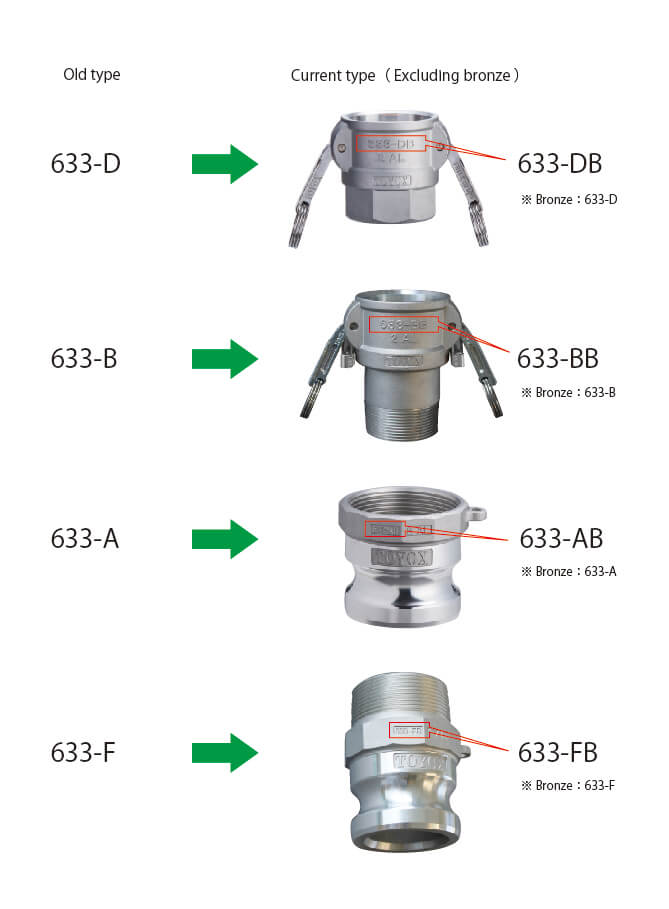
- Q5 I want to learn how to install the KAMLOK gasket. I’m trying to install a Teflon jacket gasket, but it’s tight on the side. Is it safe to push it in? Gasket
-
A.
Forcibly inserting it may cause streaks and deformation in the Teflon part, which may cause leakage. To install the gasket, immerse it in hot water at 80°C for 10-15 seconds (increasing flexibility) and firmly insert the gasket diagonally along the streaks (including the filler part). When purchasing a new product, gasket replacement can also be provided, so consult with the supplier.
hose clamp
View all- Q1 Are the TOYOX hose bands compatible with RoHS2? Laws and regulations
-
A.
All hose bands are RoHS2 compatible. Certificates are available if necessary. Necessary survey reports can be downloaded by registering as a member. Feel free to use them as needed.
- Q2 Do you separately sell safety caps for safety bands? Can it be attached to the band edge of other companies’ hose bands? Part
-
A.
Safety caps for safety bands are not sold separately. In addition, you cannot attach a safety cap to the tip of another manufacturer’s hose band. In addition, do not use the product once the safety cap has been removed.
- Q3 What is the maximum tightening torque in the safety band specification table? Is there data on the optimal torque when tightening the hose? Specification
-
A.
The maximum tightening torque in the band specification table is guaranteed by the manufacturer. Exceeding it may cause damage or the band tightening function to deteriorate. There is no proper torque value. There are many hose hardnesses, wall thicknesses and coupling types. Setting up is difficult as it depends on which part of the barb to be attached. To solve such issues, we offer special couplings for tightening cap nuts called TOYOCONNECTOR that do not require torque management.
- Q4 When attaching a hose to a nipple with a clamp, where should the clamp be placed? How to use
-
A.
To securely connect the parts, fasten the clamp in the middle of the peak of the barb, above the depression. Do not fasten it immediately below the hexagonal area of the nipple. We recommend using two clamps if the hose size is greater than 1″ (25mm).

